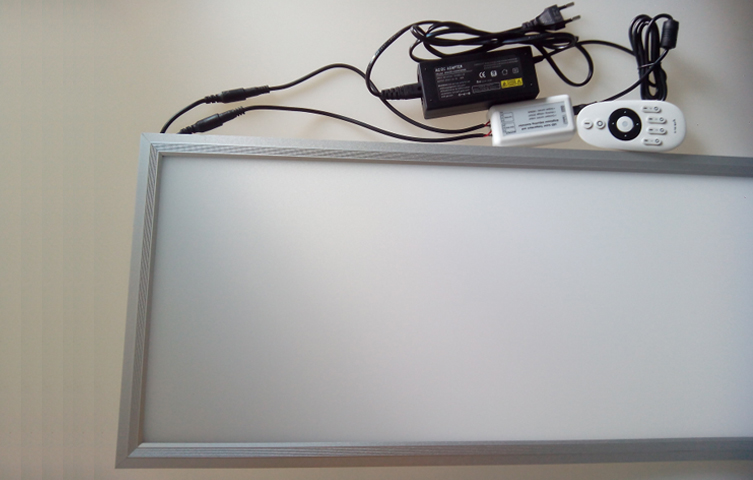Manufacturers
Who makes tunable or UV-C LEDs ? The LED lighting industry is based on technology quite different from traditional bulb manufacture. Essentially its base is in Semiconductors – the technology that’s given us the computer chip. It’s also called “Solid State Lighting” based on the fact that LEDs are solid components that are build just like any computer chip.
Like the rest of the semiconductor industry, LEDs for lighting are in a continuous process of development. The “faster, better, cheaper” model that has given us inexpensive cell phone chips continues as well in the LED industry. From a single color light, LEDs are now moving into the production of indoor sunlight and fine tuned infectious microorganism destruction. As little as five years ago these technologies existed only in the laboratory.
LED technology brings up new issues never before faced by the lighting industry. Before LEDs, only brightness could be controlled. Now it is possible to decide what part of the day’s natural sunlight I want (morning, noon, afternoon or evening) and when I want it to take place. This requires more controls than a simple switch or rheostat. What are these controls and who makes them? LED UV-C antimicrobial systems at their most effective cannot be in direct contact with human tissue and demand effective shielding. The LED manufacturer now is only part of a new system that involves controls or shielding. Integration of LEDs is an issue that may involve several manufacturers rather than a single LED source..For effective circadian lighting two major criteria play a key role – color temperature (what part of the light spectrum does a given light represent) and brightness (light intensity). Spectral temperature is measured in Kelvins from low Orange/Red light (such as that we receive from the sun in the evening) to high white/blue (morning “wake up” light). Brightness is measured in foot candles or Lumens from dim to bright. It is possible to have bright low spectrum (orange/red) light that still encourages possible Melatonin secretion for sleep, and dim high spectrum white/blue spectrum light that inhibits Melatonin production in the morning to create brain activity involved in work. Temperature and brightness require separate controls often provided by companies outside of LED manufacturing.
The same can be said of the UV-C LED environment. Optimal antimicrobial UV-C systems (99% effectiveness) cover a very narrow range of the spectrum (ideally 268 nanometers). Given time (seconds) and energy appropriate to the space of the light source involved, UV-C can be particularly effective in the removal of infectious airborne microorganisms. Again the actual UV-C LEDs require some form of shielding. Direct exposure to UV-C light in the 268 nanometer range is known to be harmful to human tissue. These system (eg closed air vents or other forms of non direct UV-C light delivery) call for the design and manufacture of delivery means well outside of the purview of LED UV-C manufacture.
The number of companies offering dual control systems (temperature and brightness) is growing. Lighting designers and contractors must, at this time, combine LEDs with control systems. This means knowing who makes the appropriate LEDs and who makes the control systems that would fit customer requirements for a specific circadian or microorganism disinfection at an acceptable price.
